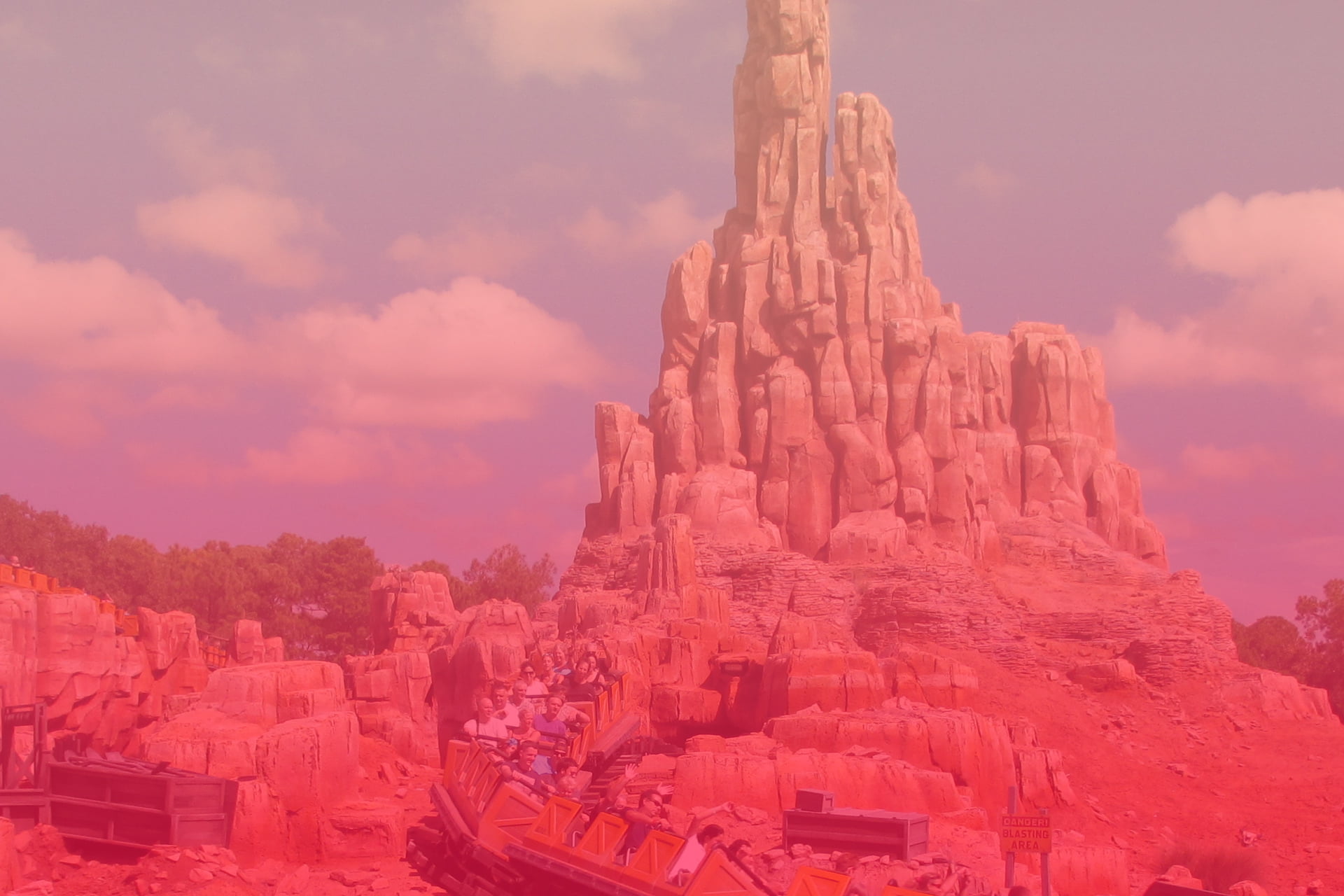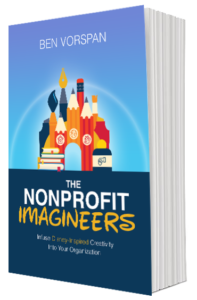
There’s a reason why we love Mickey Mouse, and it has nothing to do with his big ears, white gloves or falsetto voice. We love him because of his story.
In a time when animation studios wrote cartoons that were nothing more than a series of gags strung together, Walt Disney realized that to make the audience care about his characters, the cartoons needed fully formed stories. Just as in plays, television series and movies, in the early 1930s, Disney cartoons gave the audience the opportunity to really get to know Mickey and his cohort. The characters were given emotions we could empathize with and care about and they were placed in story lines that we could relate to on a human level. Pluto wasn’t just a dog that got stuck in fly paper, he was a living, breathing pet whose frustration became our frustration. The animated stories, filled with real characters, are what we could connect to and continue thinking about on a subconscious level, long after the gag had ended.
Similarly, the campaigns and events that stick with us are the ones that tell a story. Next time you’re watching tv, pay attention to the commercials. In a span of thirty seconds, you’ll meet characters, learn about their struggles and find out that a certain product helped them succeed. Working adults feeling tired find energy in any number of drinks or snacks. Construction foremen who need to transport heavy loads on the job site, and parents who need to transport a half-dozen dirty children after soccer practice, find just the right car to meet their needs. Families in different rooms, different states or different countries overcome the distance through crystal-clear audio and hi-definition video chat thanks to 5g coverage.
Of course, stories are central at Disney theme parks as well.
Once upon a time, a group of miners on a scouting expedition discovered a vein of gold in a remote mountain in Southwestern United States. The mining in this scenic hillside was prosperous, and a boomtown quickly arose, complete with a railroad to transport the gold oar. However, unbeknownst to the inhabitants of this small town, the location of their mine and buildings was sacred to Native Americans, and it quickly became clear that their presence had brought a curse upon them! The town was soon abandoned, but the mine trains can still be seen racing through the mine shafts and around the canyons, without a sole on board.
Cute story, right? I never realized this is the story Imagineers wrote in the late 1970s as they began designing a new roller coaster for Fronteirland in Disneyland and The Magic Kingdom in Disney World. I’ve been a Disneyland regular for decades, and simply thought Big Thunder Mountain Railroad was a roller coaster through mountains designed to resemble the southwest. But the story, even if it isn’t fully told to the audience, helps make the experience significantly more powerful and immersive because it gives the Imagineers something to grasp onto – a creative intent – as they designed the queue, roller coaster trains and scenery. The story makes this roller coaster special. The story helps you form a connection.
Nonprofits have known the value of stories for quite some time. You’ve seen the commercials about the starving child in Africa, who you can feed for just 29-cents per day. You’ve seen the commercials about the work Children’s Hospital does, and the importance of your contribution. You might even have watched the Jerry Lewis Labor Day Telethon back in the 1980s and ‘90s, and can still picture the vignettes that played between each of the entertainment acts, showing stories of patients struggling with Muscular Dystrophy. You remember them because they told a story that you connected with.
Marketing gurus have known for centuries that story is central to connecting with people.
As nonprofit professionals, our job is focused around connecting with people. We want them to attend our events. We want them to donate to our organizations. We want them to go to our schools. We want them to feel so committed and connected to our causes that they can’t help but gloat about it to their friends and family!
Yes, of course you can have some great events and campaigns that don’t tell a story, don’t have any creative intent, and don’t intertwine with one another, but if you think back to the most memorable and impactful nonprofit messaging, I guarantee you, someone was thinking about the story. Don’t you want to be responsible for creating something memorable and impactful?
The best way to form that sort of bond is by telling a story.
 Celebrate 2 years of Imagineering!
Celebrate 2 years of Imagineering!
Comments are closed